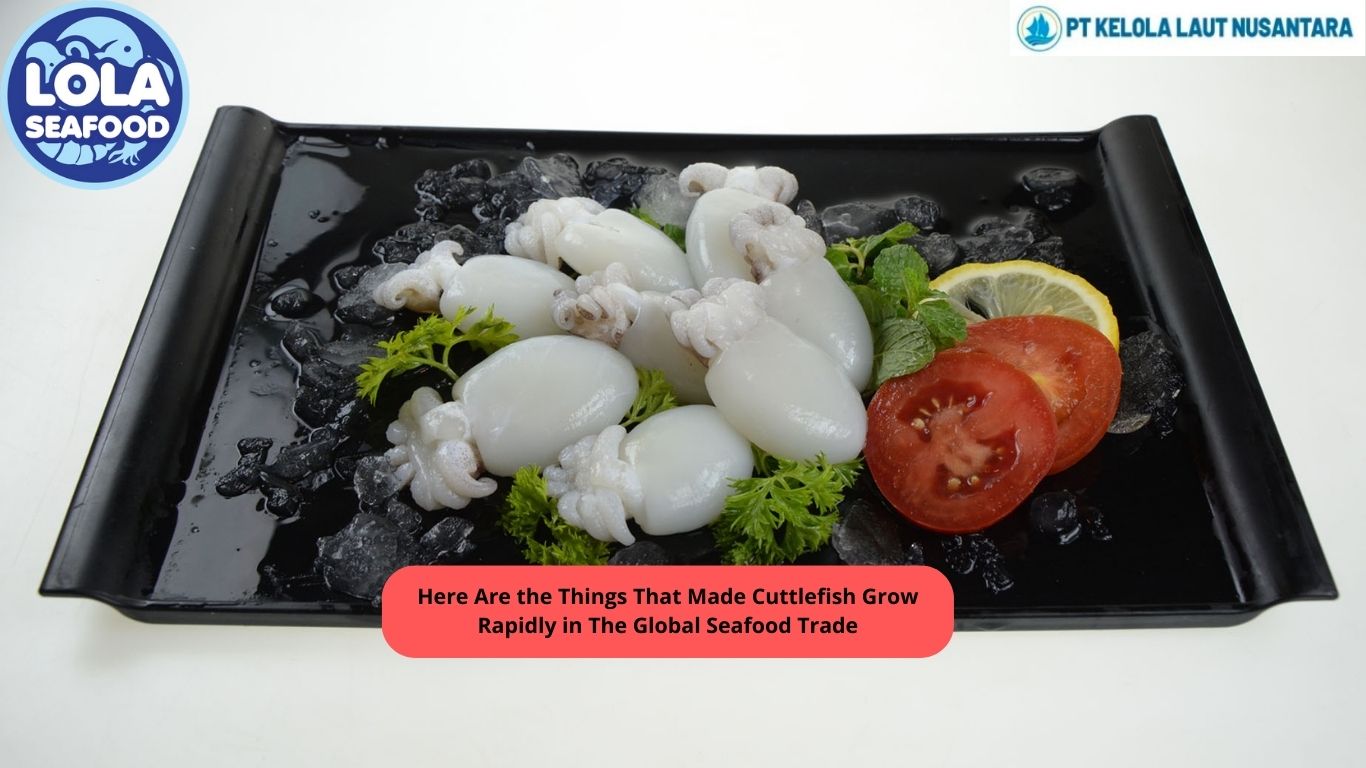Challenges In Modern Sea Cucumber Farming
By. Nevanda - 15 Sep 2023
kelolalaut.com - Sea cucumber farming, touted as a promising avenue for both economic prosperity and marine conservation, faces a myriad of formidable challenges that demand a critical examination. These intriguing echinoderms, sought after for their culinary and medicinal value in Asian markets, have spurred a growing aquaculture industry. However, sea cucumber farming faces several challenges, both technical and environmental. Here are some of the key challenges associated with sea cucumber farming:
1. Environmental Conditions
Sea cucumbers are sensitive to water temperature, salinity, and water quality. Maintaining optimal environmental conditions can be challenging, particularly in regions with fluctuating weather patterns.
2. Feeding and Nutrition
Developing appropriate feeding strategies and providing a balanced diet for sea cucumbers can be challenging. Sea cucumbers are detritivores and filter feeders, and finding suitable feed sources and optimizing feeding practices can be complex.
3. Disease and Health Management
Sea cucumbers are susceptible to various diseases and pathogens. Disease outbreaks can result in significant losses. Developing effective disease management strategies and maintaining good health in farmed populations are critical.
Read also: Low-Mercury Fish for Healthy Meal Option
4. Reproduction and Breeding
Some sea cucumber species have complex reproductive processes, making breeding and larval rearing challenging. Developing breeding techniques and achieving consistent and successful reproduction can be difficult.
5. Hatchery Techniques
Rearing sea cucumber larvae in hatcheries can be technically demanding. Maintaining water quality, providing appropriate food, and managing larval development are essential but can be labor-intensive and costly.
6. Predators and Competitors
Sea cucumbers are preyed upon by various predators, including crabs, fish, and other marine organisms. Controlling these predators and competitors in sea cucumber farming systems can be a challenge.
Read also: The Annual Journey of Southern Bluefin Tuna
7. Regulatory Compliance
Sea cucumber farming is subject to regulations and permits, which can vary by region. Meeting these regulatory requirements and ensuring compliance can be a challenge.
8. Sustainability
Maintaining the sustainability of sea cucumber farming is a significant challenge. Overfishing and irresponsible farming practices have led to the depletion of wild populations in some areas. Sustainable farming practices, responsible harvesting, and conservation efforts are necessary to ensure the long-term viability of the industry.
9. High Initial Investment
Setting up a sea cucumber farming operation requires a significant initial investment in infrastructure, hatcheries, and ongoing operational costs. Access to financing can be a challenge for new entrants.
Despite these challenges, sea cucumber farming offers opportunities for economic growth and sustainability when managed effectively. Overcoming these challenges often requires collaboration among researchers, farmers, and government agencies to develop innovative solutions and ensure the industry's long-term viability.
Read also: Exploring the Anchovies Catching Process

.jpg)
 (1).png)
.jpg)
.jpg)
.jpg)
.jpg)
 (1).png)
